While many of us can’t imagine living in a log cabin with no cable back to Eskom or grocery store down the road, there is an undeniable attraction to being more self-reliant and connected to the ebb and flow of nature and the natural cycles of life. Making changes that support a healthy life and happier earth can be overwhelming and, for many of us, impractical. Jobs, commitments, the love for the city – there are many reasons you may not be selling all your material items and opting for an entirely off-the-grid existence this very moment, but there are simple ways you can make positive changes towards eco-conscious living, right now, today.
Start your Soap Nut journey and begin to see infinite opportunities arise to cut back on costs, chemicals and crazy water consumption in your home. From water scarcity and high utility bills, to sensitive skin and clothing preservation, Soap Nuts offer a natural, 100% organic solution and are an easy and cost-effective way to start making small changes. Picked from the tree and dried out, these berries contain the natural component of soap – Saponin – and can be used for washing laundry, dishes and surfaces, as well as your hair and body. They literally have the potential to eliminate all harsh chemicals in your home which leaves you with a healthier body and the option of using this water directly in your garden and in your toilet.

Whether you want to pop a cotton bag filled with Soap Nuts directly into your washing machine, boil them on the stove to get a concentrate or purchase the liquid ready-to-use, hop onto Nature Soap for your berry solution that is far more cost-effective than chemical detergents and heaps better for you and the planet.
Make use of your new-found reusable Soap Nut water with an easy method for growing your own vegetables. A big garden is NOT a prerequisite for enjoying home-grown produce, so if space is your setback have a look at these awesome and easy vertical veggie boxes. And if you have room? You’re sure to find an easy DIY idea with step-by-step instructions from this list here. Your options are endless and the results are addictive. The sense of satisfaction you get from eating a home-grown salad or delicious potato bake tended to by your own hands will leave you wanting to experiment more, gift to friends, and question your need for mass-produced, genetically modified food found at your chain grocery stores.

Grow veg from your leftovers and enjoy your planter boxers without spending money on seedlings. Potatoes can be regrown using potato skins that have ‘eyes’ on them: choose a section of the potato that has a few ‘eyes’ and cut it out, cover with soil and compost (‘eyes’ pointing upwards) and begin watering; while you can plant your own peppers using the seeds from inside. Rinse and dry your tomato seeds from last night’s salad and watch them grow when you plant them in good, rich potting soil; and cut the root end of the onion off before you get cooking and replant it in a sunny spot to reproduce.
So, now you have your veggie garden (or an existing bed of flowers), let’s look at reducing your landfill waste by reusing some every day items to encourage healthy plant growth.
“The average household produces about 60kg of wet waste per month, which is made up of grass cuttings, leaves, veggie and food scraps,” says Stuart Lindley of waste solutions company Green Genie. Using this directly on your veggie garden or planter box is a great way to help the environment and avoid synthetic chemicals that absorb into your food while encouraging plant growth. Good scraps consist of garden waste, egg boxes, egg shells, teabags, coffee grounds, veggie scraps, newspaper and firewood ash, while raw meat, dairy products and citrus should be avoided. This Garden and Home article gives some great ideas to make your composting journey easy and fuss-free. Grab a small bin or bucket or box or tin and start seeing the circle of life effective in your own home.
Coffee beans are a staple “food group” for some, and there are some great ways to make this purchase go a long way on your self-sufficiency journey. Once you have brewed your coffee, reserve the ground beans and lay them out to dry. When you’re ready and have some weekend time, get creative and start experimenting:
- Make these easy coffee candles to give as gifts or pull out when Eskom cuts the lights
- Add coffee beans to your garden beds and compost heaps
- Light ground coffee in a bowl with a match to chase pests and mosquitos away
- Fill an old sock with used grounds or beans, tie off the end and place in a gym bag, your shoe cupboard or in a bowl in the fridge to absorb and eliminate odours
- Make a body scrub by mixing 3 tablespoons of used coffee grounds, 1 tablespoon of natural oil (coconut, grapeseed, almond) and 1 tablespoon of brown sugar
For moms and dads of small bubs and tots – do you want to save between R11 000 and R26 000 in your child’s early years and help the environment at the same time? Cloth nappies will truly change your life. There are plenty misconceptions around washing, cleanliness and practicalities of cloth nappies, and if you do yourself one favour today – just spend 10 minutes browsing the South African Cloth Nappy Users webpage and soak in all the benefits before you dismiss the straight-forward modern options available. Whether you have a newborn or a toddler still in diapers, the savings – both financial and environmental – are worth considering. For a once-off purchase you could have an entire newborn stash of nappies for R1500 (depending on brand and quantity) and these can be reused for multiple children.
A single child will, on average, use 4140 disposable nappies and generate almost a ton of waste (952kg) by the time they have potty learned. Besides from placing harmful chemicals directly onto your child’s skin, the impact on landfill waste and your wallet are essential reasons to consider going cloth and becoming more sustainable in your home. There is no need for steri nappi solution, they can go straight into your washing machine, and they are super cute, among many other pros! Check out local brands Biddykins or Pokkelokkie for some great ideas and options.

Image from Pokkelokkie.co.za
Installing water collection drums and solar panels and raising your own backyard chickens for fresh eggs are great ways to expand your self-sufficiency and reduce your footprint, but starting small may just inspire you, without the overwhelm that can sometimes come with big change. You don’t have to cut out civilization all-together to make a difference, and one choice at a time is better than no steps at all. Start thinking out-of-the-box and begin your journey today.
You may also like
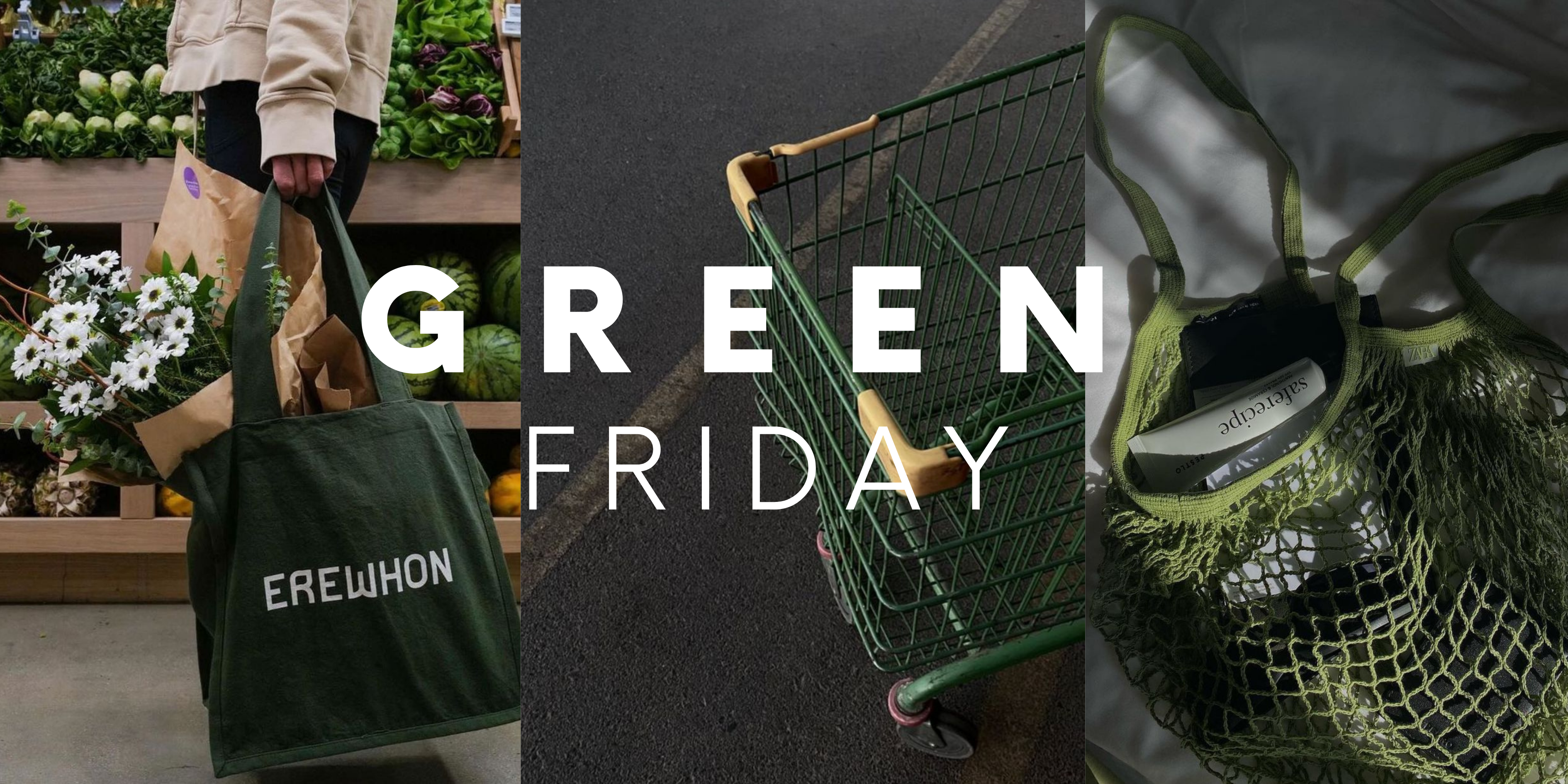
Black Friday is almost here - stores are getting ready, deals are dropping, and our inboxes are filling up fast. But at Boody we believe November shouldn’t just be about rushing to buy more. It’s a...
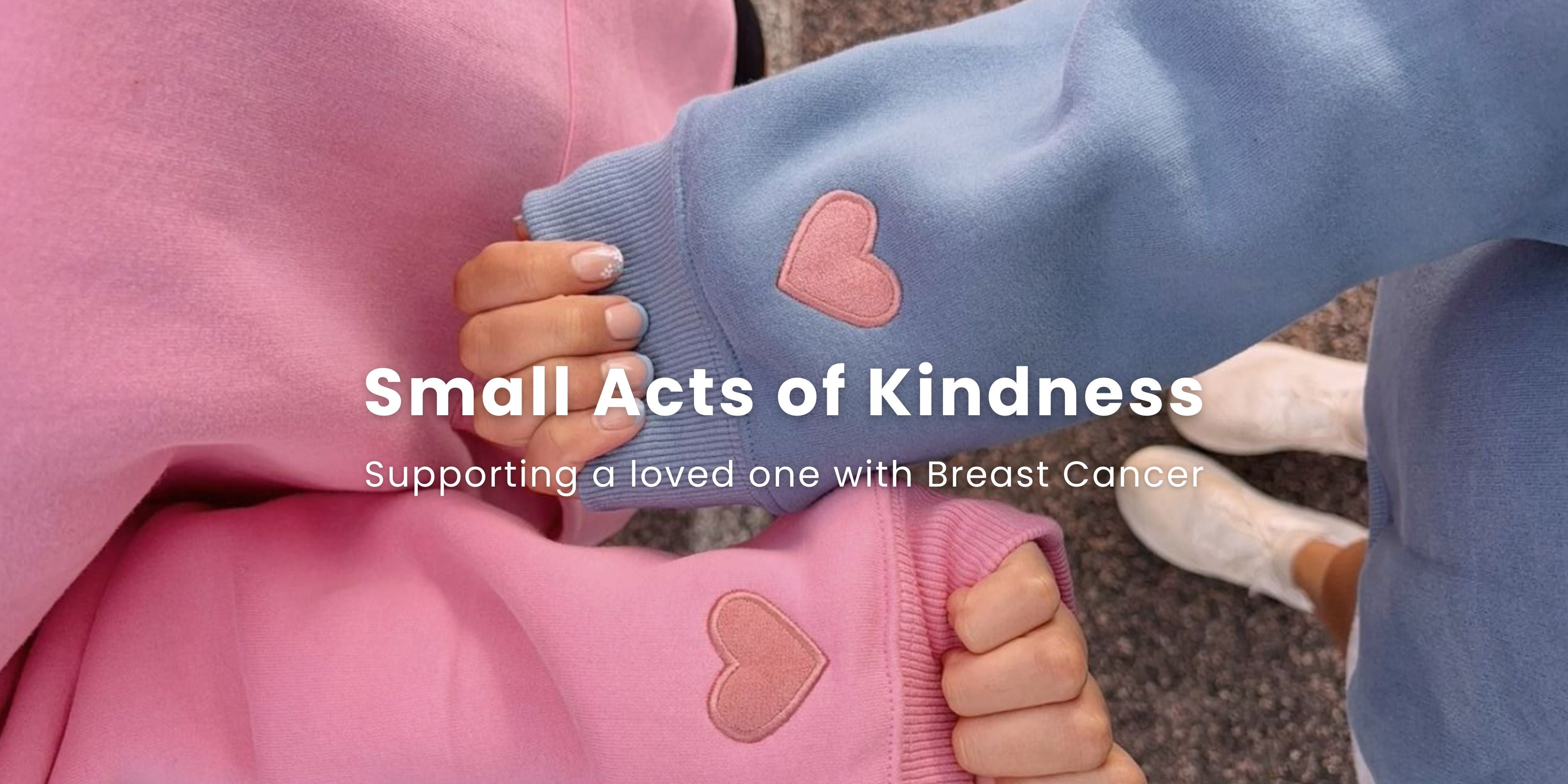
When a loved one is diagnosed with breast cancer, it can be hard to know what to do or say. You want to help, but the journey is so personal that it’s natural to feel unsure. The truth is support d...
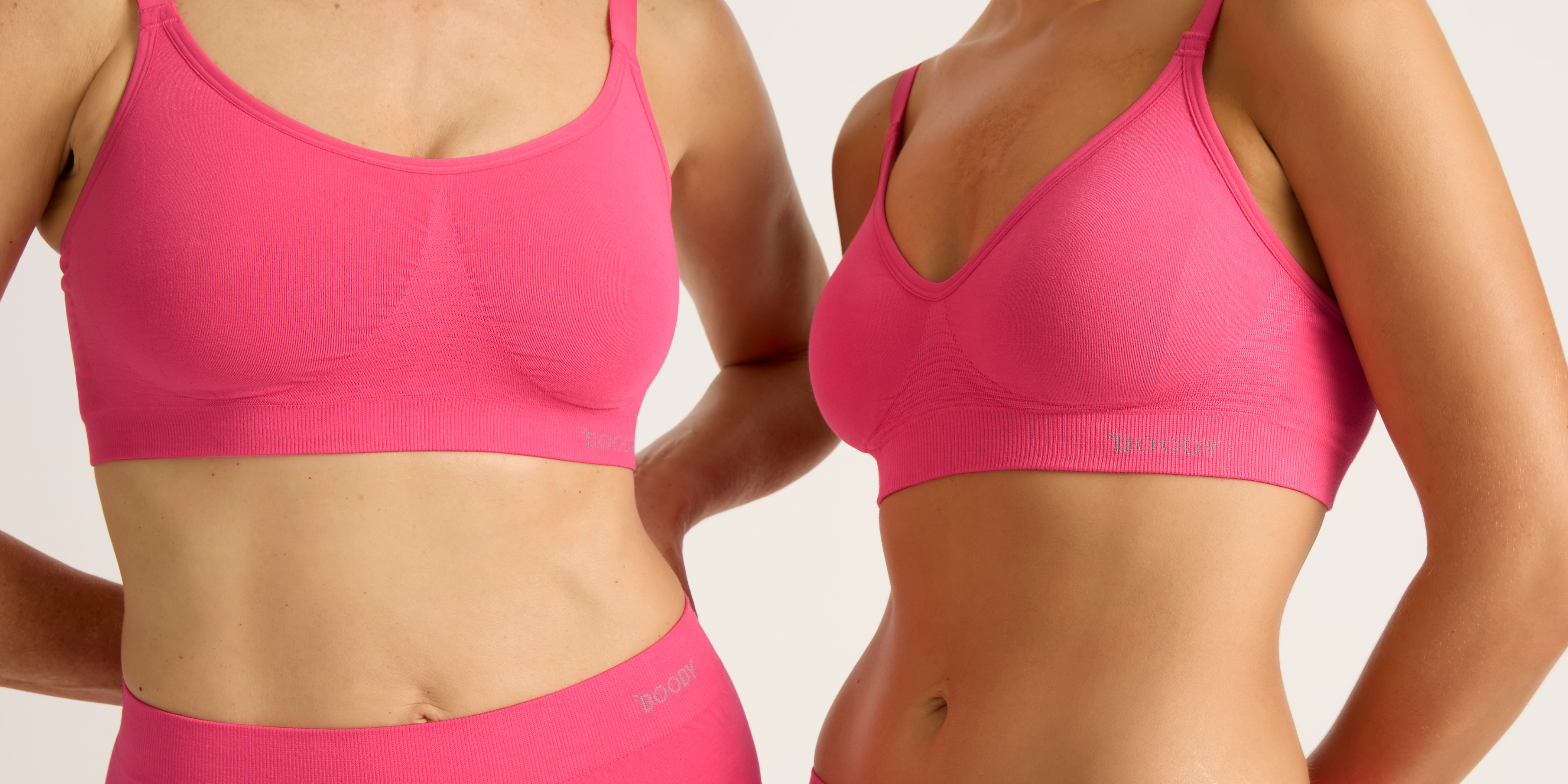
October is Breast Cancer Awareness Month When you think about breast cancer recovery, what comes to mind first? For many, it’s the treatments, the check-ups, or the support of loved ones. But...
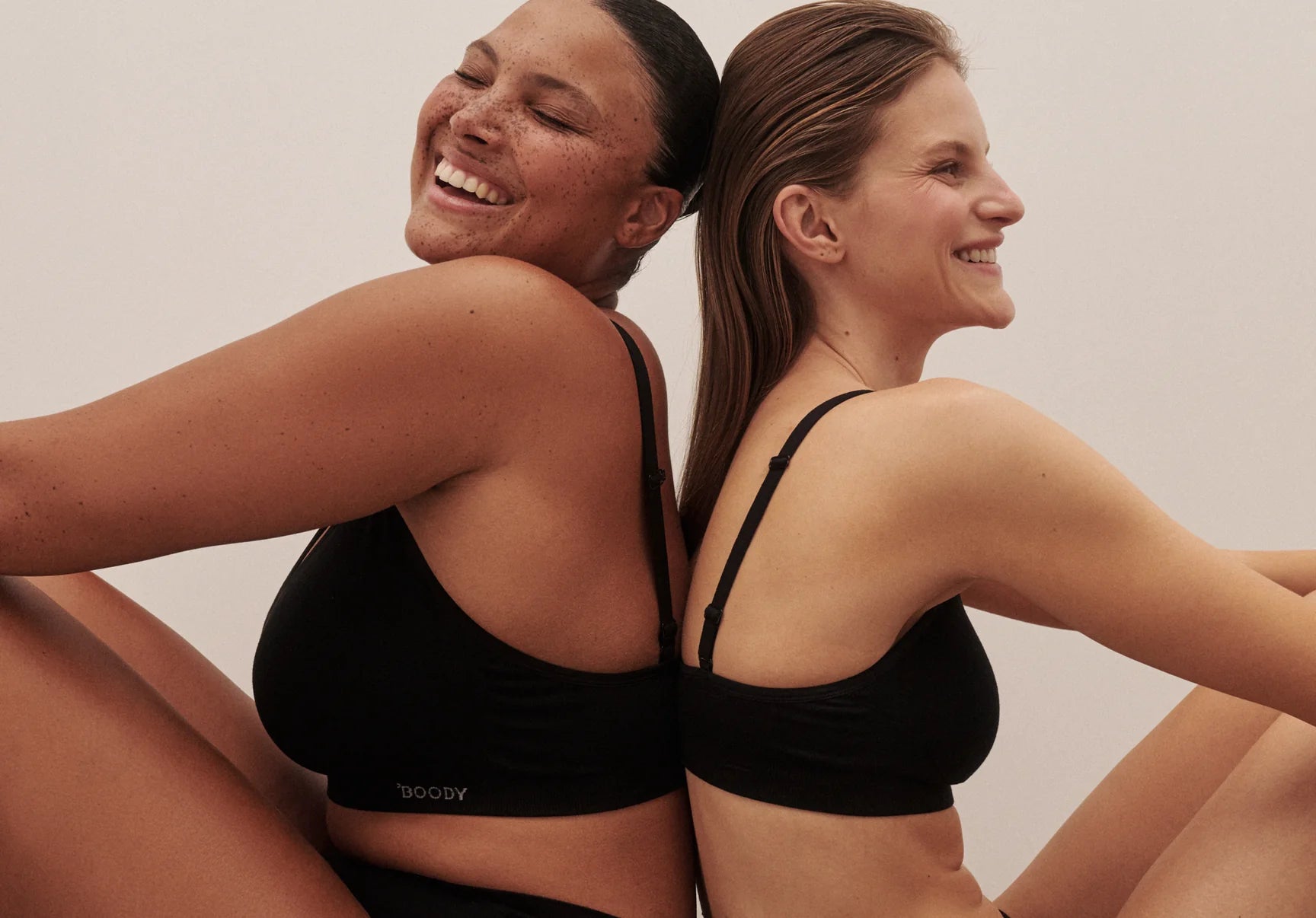

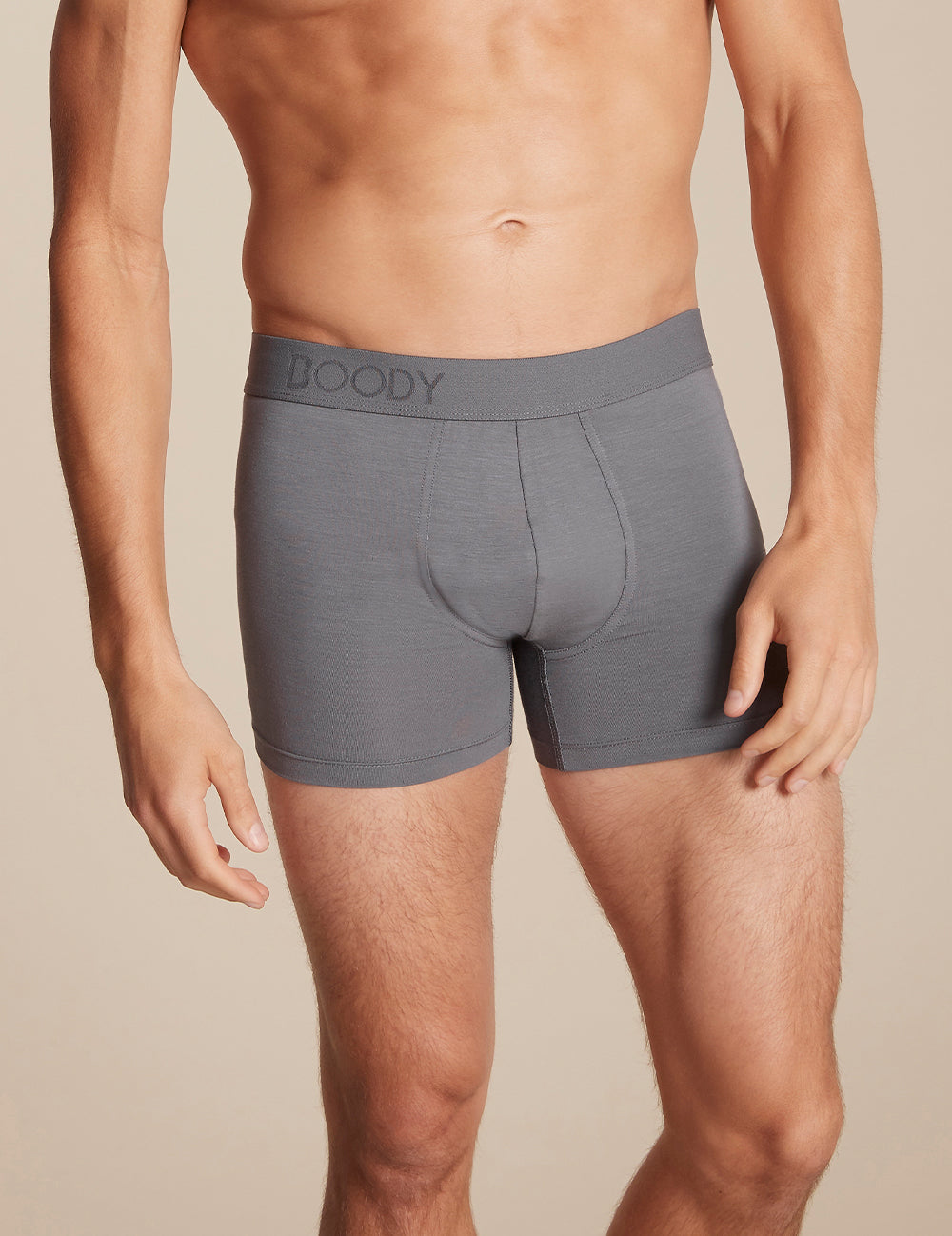
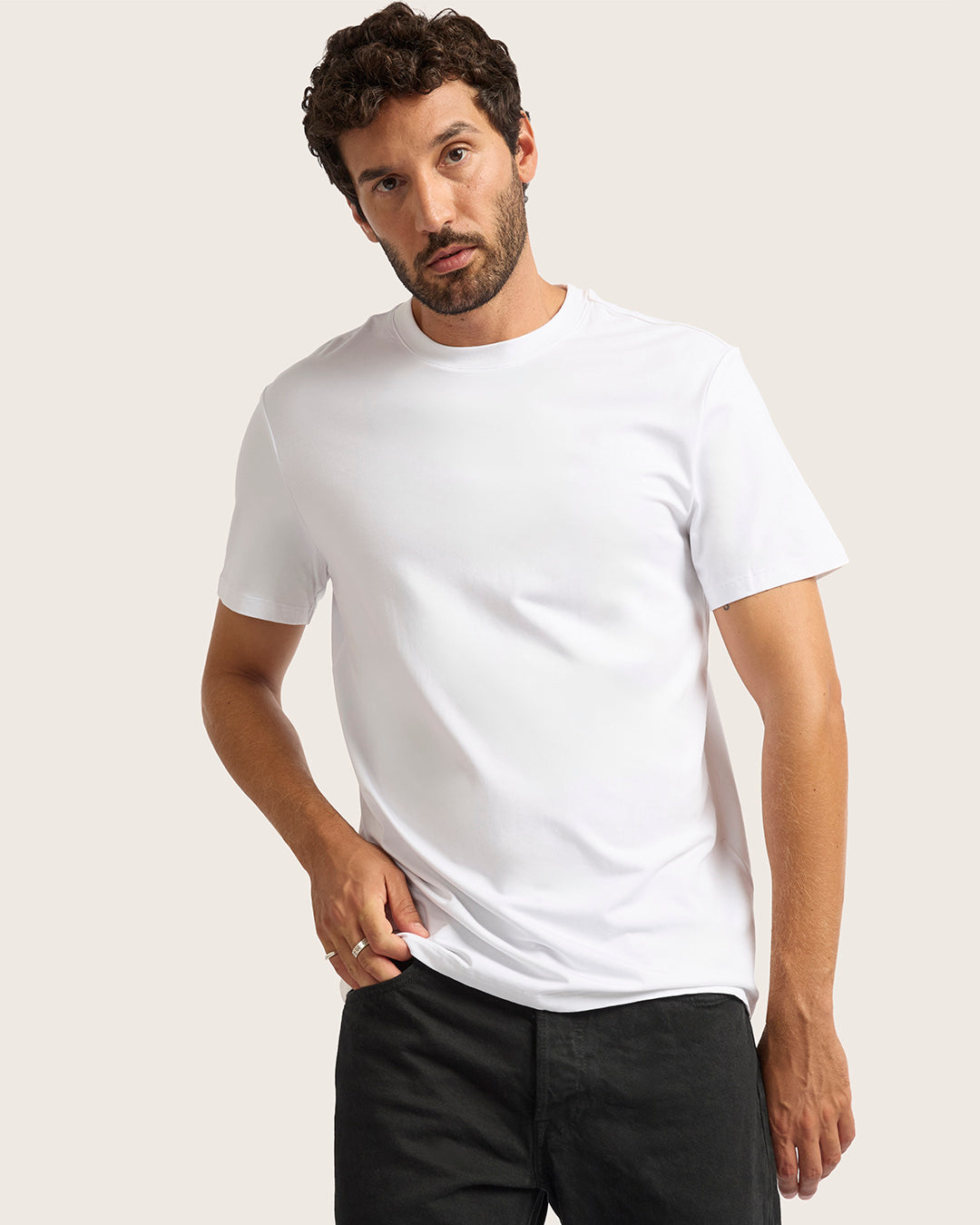


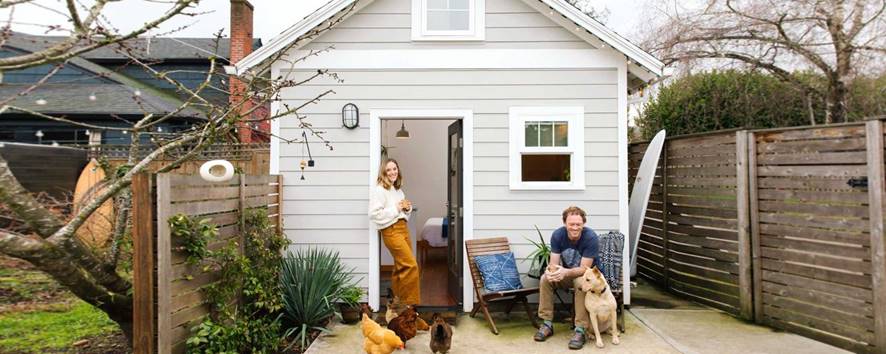
Leave a comment
All comments are moderated before being published.
This site is protected by hCaptcha and the hCaptcha Privacy Policy and Terms of Service apply.